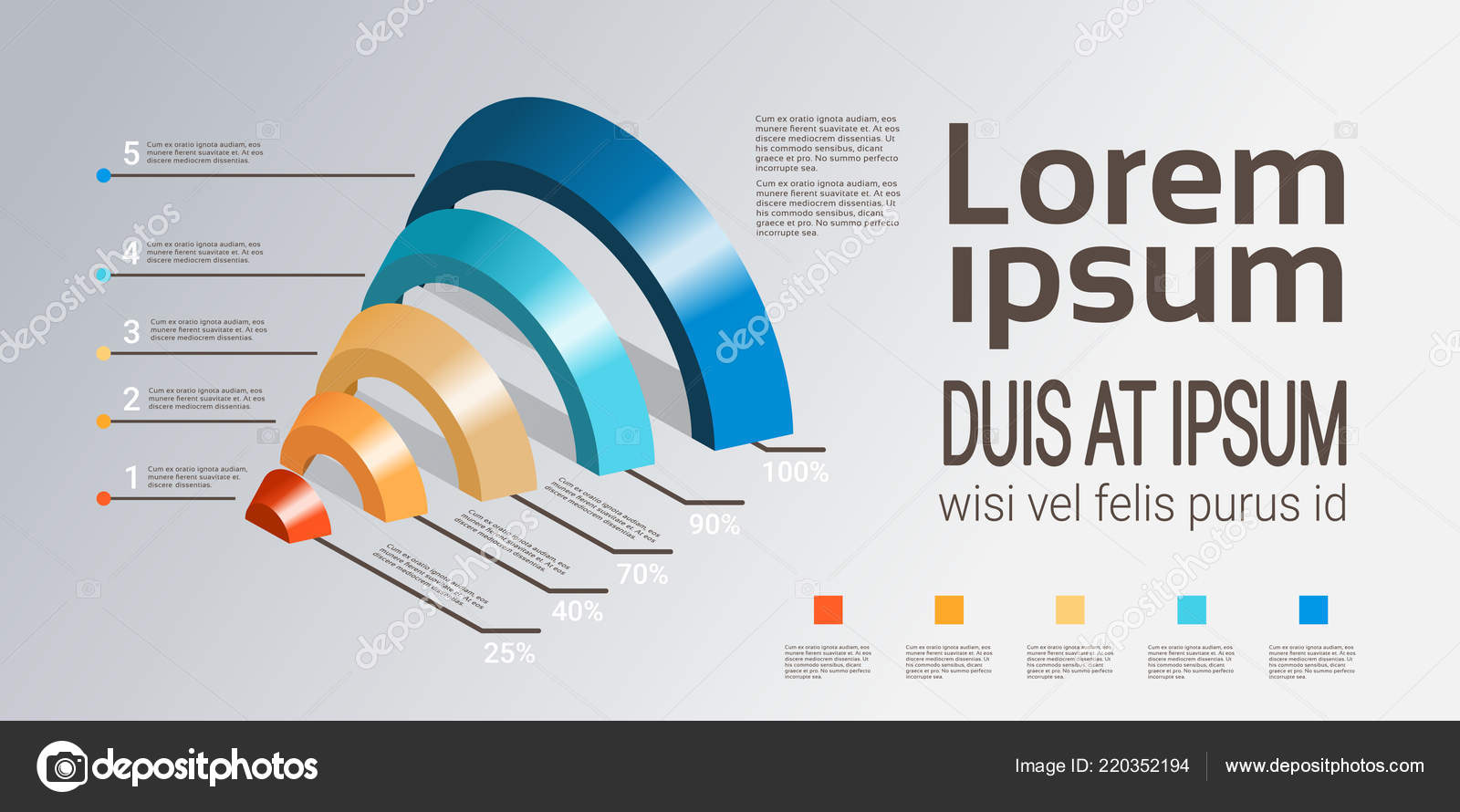Site Style: A Journey Via Time.From Modest Beginnings To Modern Wonders, Website Design Has Actually Undergone A Considerable Change For Many Years
Site Style: A Journey Via Time.From Modest Beginnings To Modern Wonders, Website Design Has Actually Undergone A Considerable Change For Many Years
Blog Article
Content Composed By-Monroe Singer
In the past, web sites were straightforward and focused on information. Navigating was straight, and style was for desktop computers. Now, customer experience is vital. Data guides styles for easy navigating. Receptive layouts match different gadgets. Today, dark setting reduces stress, and minimal food selections improve navigation. Interactive attributes engage users, and bold visuals attract attention. AI combination enhances involvement. See exactly how style has advanced to enhance your on-line trip.
Early Days of Web Design
In the early days of website design, simplicity preponderated. Sites were basic, with limited colors, fonts, and layouts. The focus was on providing info rather than fancy visuals. Users accessed the web via slow dial-up connections, so speed and performance were key.
Navigating food selections were straightforward, generally situated at the top or side of the page. Websites were developed for home computer, as mobile browsing had not been yet common. Material was king, and developers prioritized simple readability over complex design aspects.
HTML was the key coding language utilized, and developers had to work within its restrictions. Computer animations and interactive functions were marginal compared to today's standards. Sites were fixed, with little dynamic material or individualized customer experiences.
Rise of User-Focused Layout
With the evolution of internet site layout, a change in the direction of user-focused style concepts has ended up being increasingly prominent. Today, producing web sites that focus on individual experience is critical for engaging visitors and accomplishing organization goals. User-focused layout involves understanding the needs, choices, and habits of your target market to tailor the site's layout, material, and includes as necessary.
Developers now perform extensive study, such as individual surveys and use screening, to collect insights and responses directly from users. This data-driven approach assists in developing instinctive navigation, clear calls-to-action, and visually enticing user interfaces that reverberate with site visitors. By placing best organic seo company at the center of the design process, web sites can deliver an extra personalized and delightful experience.
Responsive style has likewise become a key element of user-focused design, guaranteeing that web sites are optimized for various tools and display sizes. This versatility enhances access and use, catering to the varied ways individuals interact with web sites today. In essence, the increase of user-focused layout indicates a change towards producing electronic experiences that focus on the demands and assumptions of the end individual.
Modern Trends in Web Design
Check out the current patterns forming web design today. One prominent fad is dark setting layout, supplying a smooth and modern appearance while decreasing eye pressure in low-light environments. Another essential pattern is minimalist navigating, simplifying food selections and boosting user experience by concentrating on essential elements. Including micro-interactions, such as computer animated buttons or scrolling results, can develop a much more interesting and interactive web site. Receptive style stays important, making certain seamless customer experiences throughout different tools. Additionally, making use of bold typography and asymmetrical formats can include aesthetic interest and draw attention to certain web content.
Integrating AI technology, like chatbots for client assistance or individualized suggestions, improves individual interaction and streamlines processes. Ease of ada websites has also become a significant fad, with developers focusing on comprehensive design practices to accommodate varied customer demands. Welcoming sustainability by maximizing internet site performance for rate and efficiency is one more emerging trend in web design. Teaming up with individual responses and information analytics to iterate and boost design constantly is important for staying pertinent in the ever-evolving electronic landscape. By accepting these modern patterns, you can develop an aesthetically enticing, straightforward internet site that reverberates with your target market.
Verdict
As you reflect on the development of site design from the early days to currently, you can see just how user-focused design has ended up being the driving force behind modern fads.
Welcome the trip of modification and adaptation in web design, constantly maintaining the individual experience at the center.
Keep existing with the latest fads and innovations, and never stop developing your approach to create visually magnificent and easy to use web sites.
Advance, adapt, and create - the future of web design remains in your hands.
